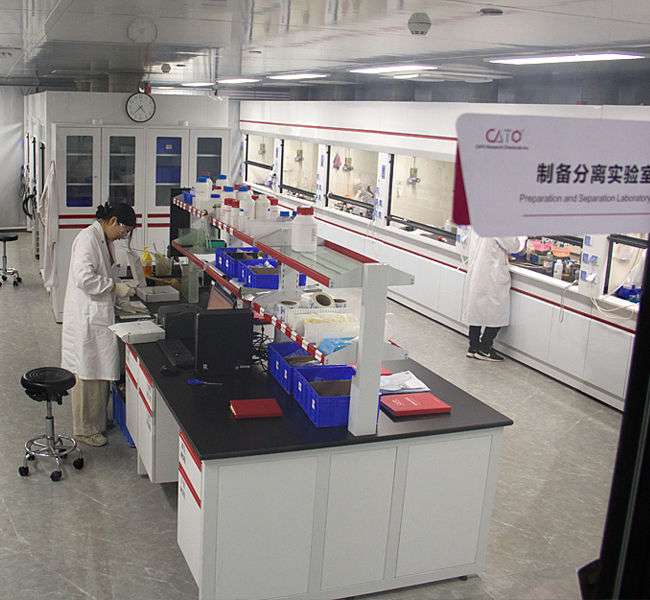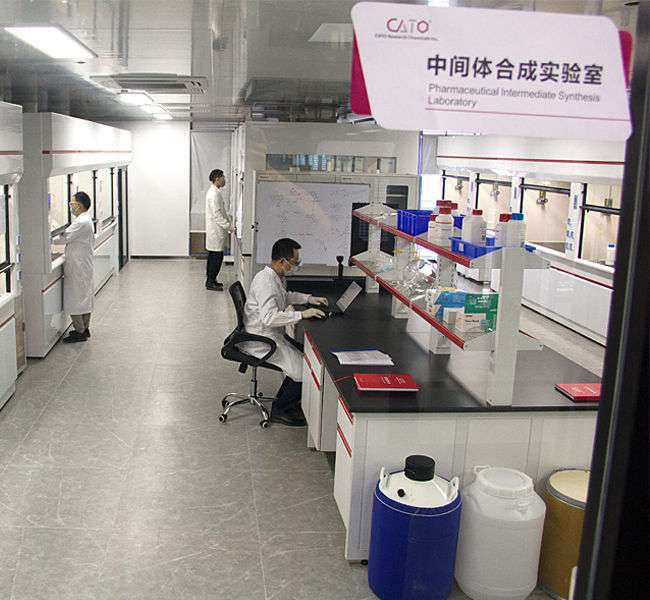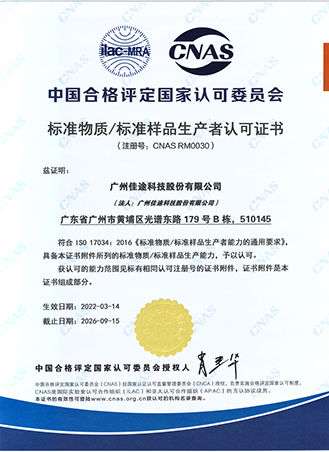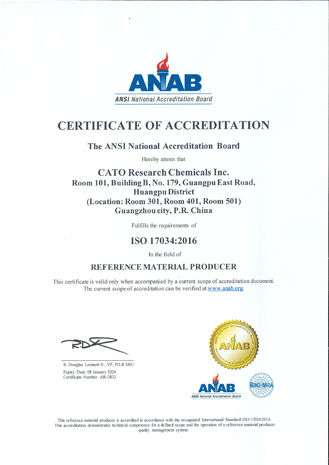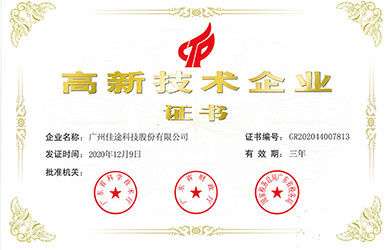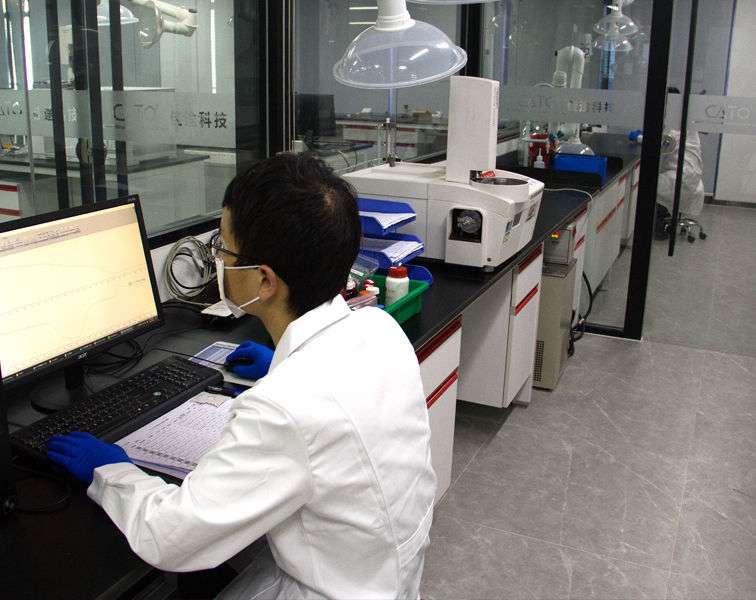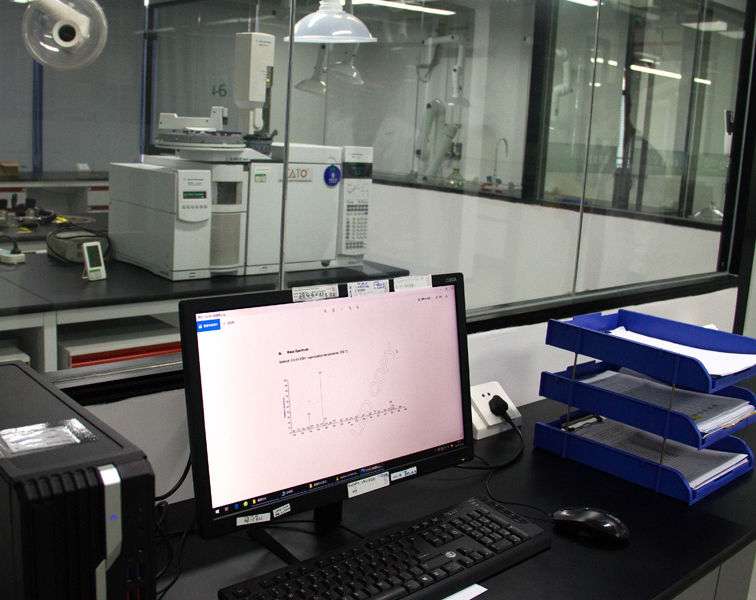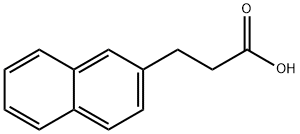3-Fluoro-4-(4,4,5,5-Tetramethyl-[1,3,2]Dioxaborolan-2-yl)Pyridine: A Comprehensive User Guide
Table of Contents
1. Product Overview & Specifications
3-Fluoro-4-(4,4,5,5-tetramethyl-[1,3,2]dioxaborolan-2-yl)pyridine (CAS No. 1073353-95-6) is a high-purity boronic ester intermediate widely used in Suzuki-Miyaura cross-coupling reactions. Key parameters:
| Parameter | Specification | Competitor A | Competitor B |
|---|---|---|---|
| Purity | ≥98% (HPLC) | ≥95% | ≥97% |
| Storage | 2-8°C, inert atmosphere | Ambient | 2-8°C |
| Solubility | DMSO, THF, Ethanol | Limited in ethanol | DMSO only |
2. Key Applications
- Pharmaceutical Synthesis: Critical intermediate for kinase inhibitors and oncology drugs
- Material Science: Building block for OLED/OPV materials
- Agrochemicals: Precursor for novel pesticide development
3. Usage Guidelines
Typical Suzuki Reaction Protocol:
- Use 1.2 eq of boronic ester in anhydrous THF
- Maintain reaction temperature at 60-80°C
- Employ Pd(PPh3)4 (2 mol%) as catalyst
4. Case Studies
Case 1: Synthesis of Bruton's tyrosine kinase (BTK) inhibitor analogues achieved 82% yield using this boronic ester under microwave conditions.
Case 2: Enabled production of blue-emitting OLED materials with 15% improved luminance efficiency.
5. Client Success Stories
ABC Pharma (Germany): Reduced lead compound synthesis time from 14 to 6 days through optimized coupling reactions.
XYZ Agrochemicals (USA): Developed next-gen fungicide with 30% higher field efficacy using this intermediate.
Material Innovators Co. (Japan): Patented flexible OLED film technology leveraging the compound's stability.
6. Contact for Quotations
Request custom synthesis quantities (1g to 10kg scale):
info@vivalr.com
(86) 15866781826
All compounds ship with NMR/HPLC/LCMS documentation.




